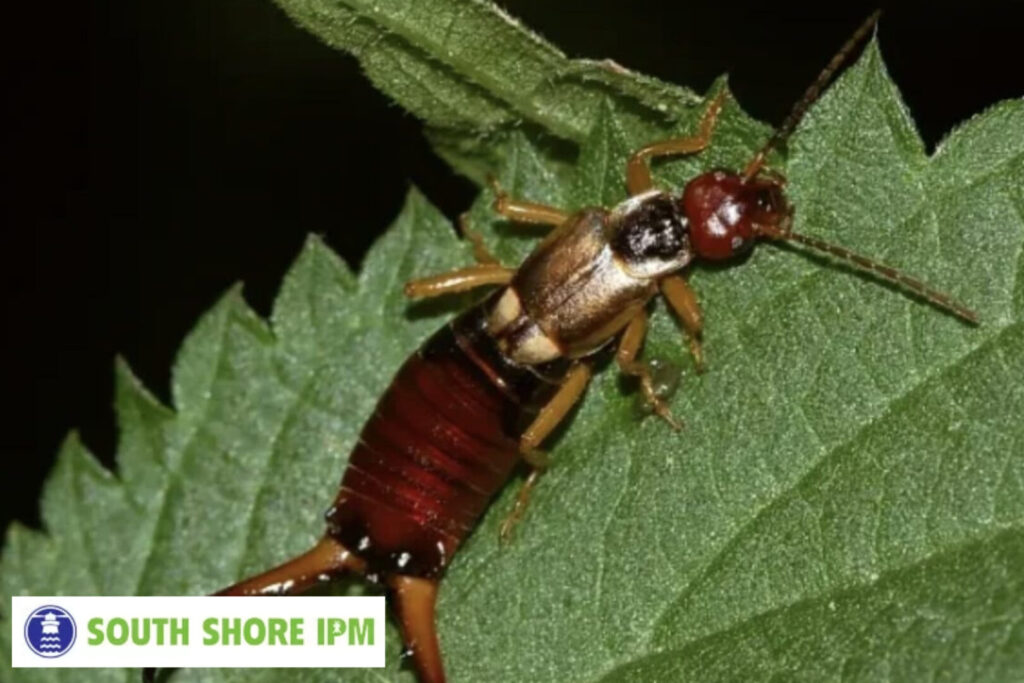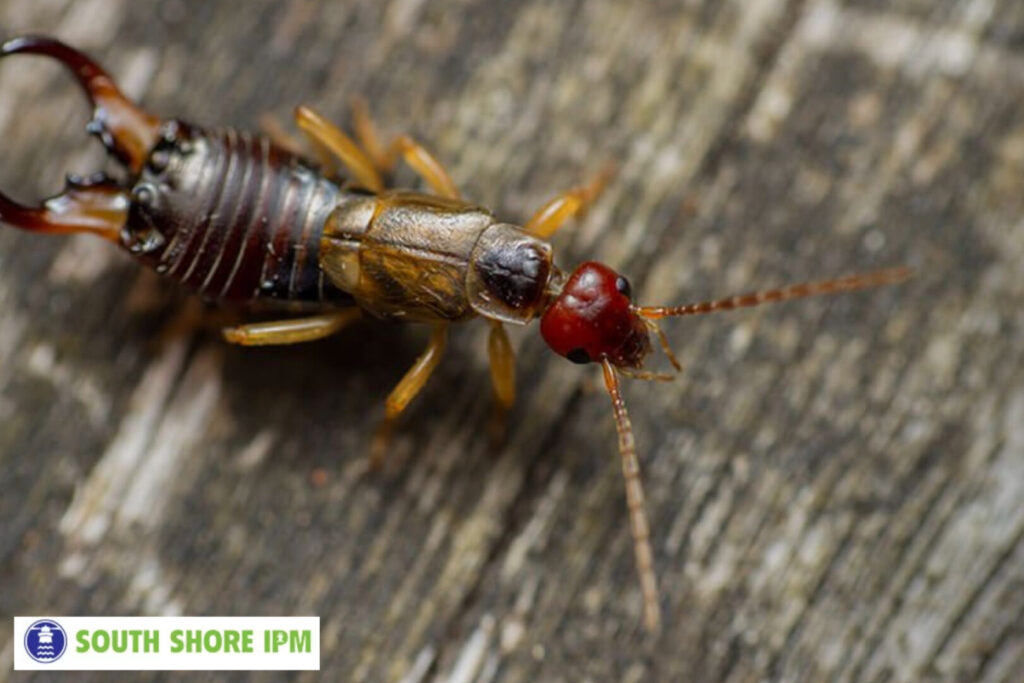Top Signs of an Earwig Infestation (And What You Should Do Next)
Earwigs might not be as infamous as termites or cockroaches, but they can still create a significant nuisance for homeowners. With their characteristic pincers and fast movements, these small insects often alarm people when spotted indoors. If you’re dealing with an earwig infestation, it’s important to understand the signs, what attracts them, and how to manage them effectively. Let’s explore how to identify an infestation and what steps you should take next.
What Are Earwigs?
Earwigs are nocturnal insects that are usually 5 to 25 mm in length and have flat, elongated bodies. Most species are reddish-brown to black in color. Their most distinguishing feature is the set of pincers or forceps on their abdomen. These pincers are used for defense and mating rituals, not for attacking humans.
While they look intimidating, earwigs are not dangerous. They do not spread disease, and their pincers are not strong enough to cause harm. However, large numbers of them can be unsettling and indicate moisture or structural issues in or around your home.
Top Signs of an Earwig Infestation
1. Frequent Indoor Sightings
One of the clearest signs of an earwig infestation is seeing these insects indoors, especially in damp or dark places like bathrooms, basements, and kitchens. Earwigs are usually active at night, so finding them during the day may indicate a more serious problem.
2. Damage to Plants or Garden Beds
Earwigs are omnivores, but they especially enjoy feeding on soft fruits, seedlings, and decaying plant matter. If you notice irregular holes in plant leaves or damaged flowers, earwigs could be to blame.
3. Musty Odors in Damp Areas
Like many pests, earwigs thrive in moist environments. If you’re smelling a musty or moldy odor in your basement, bathroom, or under your sink, this may not only point to a moisture issue but also a potential nesting area for earwigs.
4. Moisture Issues Around the Home
High humidity levels, leaky pipes, clogged gutters, or poorly ventilated crawlspaces are ideal environments for earwigs to multiply. These issues don’t just attract earwigs but can also make your home a haven for other pests.
5. Pincers Found Near Entry Points
While rare, some homeowners have reported finding detached earwig pincers near doorways or windows. This can occur during fights between earwigs or when they are crushed inadvertently.
What Attracts Earwigs?
Understanding what attracts earwigs is essential in preventing and managing infestations. These insects are drawn to:
- Moisture: Leaky pipes, wet basements, and poorly ventilated bathrooms
- Organic material: Mulch, leaf piles, dead plants, or compost
- Shelter: Cracks in foundations, gaps in window sills, and loose weather stripping
Reducing these attractants can dramatically reduce your risk of an earwig problem.
What to Do If You Have an Earwig Infestation
Step 1: Inspect and Reduce Moisture
Address any water leaks or high humidity zones inside and around your home. Use dehumidifiers in basements and make sure that bathrooms are properly ventilated. Clear gutters and downspouts to reduce standing water outside your home.
Step 2: Seal Entry Points
Caulk cracks in the foundation, seal windows and door gaps, and install weather stripping. These small fixes go a long way in blocking entry for not just earwigs, but a host of other pests.
Step 3: Remove Outdoor Habitats
Trim back vegetation that touches your home, remove mulch piles, and keep firewood stored away from the foundation. These areas often harbor earwigs and give them easy access indoors.
Step 4: Apply Treatment
Use green and safe pesticides specifically designed for earwig control. Professional pest management services can identify hiding spots and apply treatment both inside and outside to eliminate existing earwigs and deter future invasions.
Step 5: Call a Professional
If the infestation is extensive, it’s time to contact experts in earwig control near me. A trained technician can assess the level of infestation, customize a treatment plan, and provide ongoing solutions to keep your home earwig-free.
Why Professional Help Matters
Many homeowners attempt DIY pest control solutions but find the problem persists or returns quickly. Professional pest control Boston providers like South Shore IPM have the tools, knowledge, and products needed to thoroughly treat earwig infestations and prevent recurrence.
Additional Benefits:
- Experts identify the root causes of infestation
- Use of environmentally friendly products
- Safe for children and pets
- Long-term prevention strategies
If you’re hearing rustling, noticing bugs at night, or spotting signs of pest damage, a professional exterminators Boston service can bring peace of mind.

About South Shore IPM
South Shore IPM is your trusted partner in creating pest-free environments. Serving Boston and surrounding areas, South Shore IPM offers innovative, eco-conscious pest control solutions designed to protect your home, health, and environment.
Our mission is to build a reliable defense around your space using proactive, green practices that eliminate pests and keep them out. Whether you’re battling ants, termites, rodents, or dealing with an earwig infestation, our experienced team can implement a tailored plan that works for you.
We treat a wide range of pests and provide various service plans including Bi-Monthly, Quarterly, and Semi-Annual options. Our specialty treatments include mosquito protection, mouse control, organic general pest control, and termite monitoring. With emergency services available and a satisfaction guarantee, you can count on South Shore IPM to respond quickly and effectively to any pest challenge.







